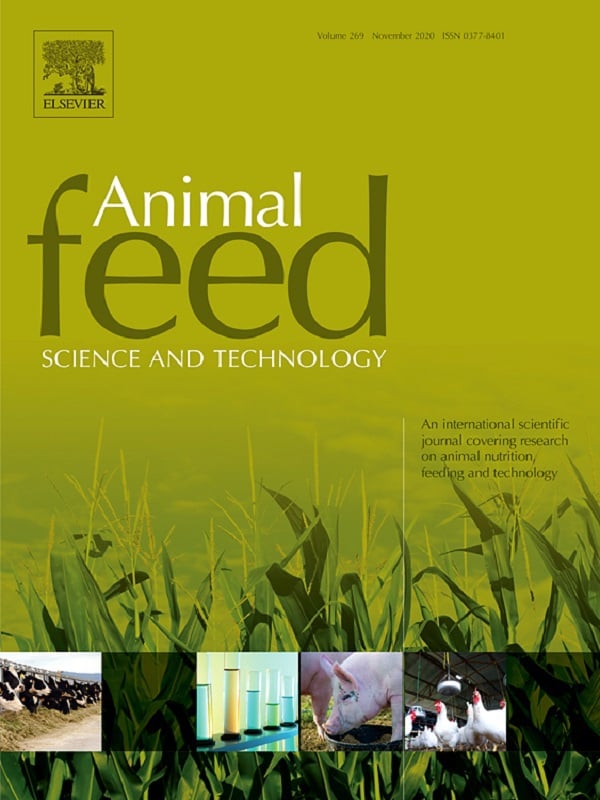Future directions of animal feed technology research to meet the challenges of a changing world
2020 Animal Feed Science and Technology 270:114692

Abstract
Feed technology involves the processing of ingredients and the manufacture of animal feeds and is an integral part of animal production systems to provide high quality and nutritious food. The objective is to transform low quality ingredients into higher value feed components, and improve nutrient utilization of compound feeds. Animal feed, therefore, has a social responsibility to contribute to more sustainable food production systems. Further understanding of the structures and functional properties of feed components, their changes with different primary and secondary processing and their conditions, are essential to more accurately meet nutrient requirements of animals. In addition, it will enable a more accurate assessment of overall costs of processing or production with respect to the societal responsibility of feed processing; this may include energy use, carbon footprint, use of water resources and life cycle assessment. Accurate and fast testing technologies should account for the variability within ingredients and the different practices used in the equipment and raw material processing, as well as those in feed mills. Big data will play a pivotal role to model specific aspects of feed manufacturing and could enable the development of a model integrating characteristics of diet ingredients, recipe and processing conditions, whilst optimizing energy consumption, (physical) feed quality and production rate. Collaboration between skilled data scientists, machine experts, feed manufacturing technologists and nutritionists, using advanced data analytics is, therefore, required for future process optimisation. An improved interaction between those responsible for the actual formulation of animal diets, feed technologists and mill operators may result in a more constant final feed product quality and the lowest electrical and fossil energy consumption during manufacture, despite inclusion of alternative/substitute ingredients. Lesser known, novel processing techniques may significantly contribute to improve the nutritional value of raw materials and complete feeds. However, only a few techniques may be scalable to economically feasible processes, while others may only be applicable to one animal species and not usable as a general process. In addition, modern feed mills need flexibility and the ability to switch to serve customer wishes and logistics where feed recipes and feed forms are concerned. A major constraint to conduct research in feed processing is the difficulty to acquire attention and funding. More attention should be given to feed additives in processed feed (mainly in pellet form), with research focused on the interaction effects between feed processing conditions, feed components and feed additives. Finally, future feed technologists will require recognized qualifications, possibly to a diploma level. Courses must be successfully completed and include knowledge on smart manufacturing and integrated process control systems. From a feed industry perspective, success of participation in the next industrial feed mill development will be determined by how well staff are prepared and trained.